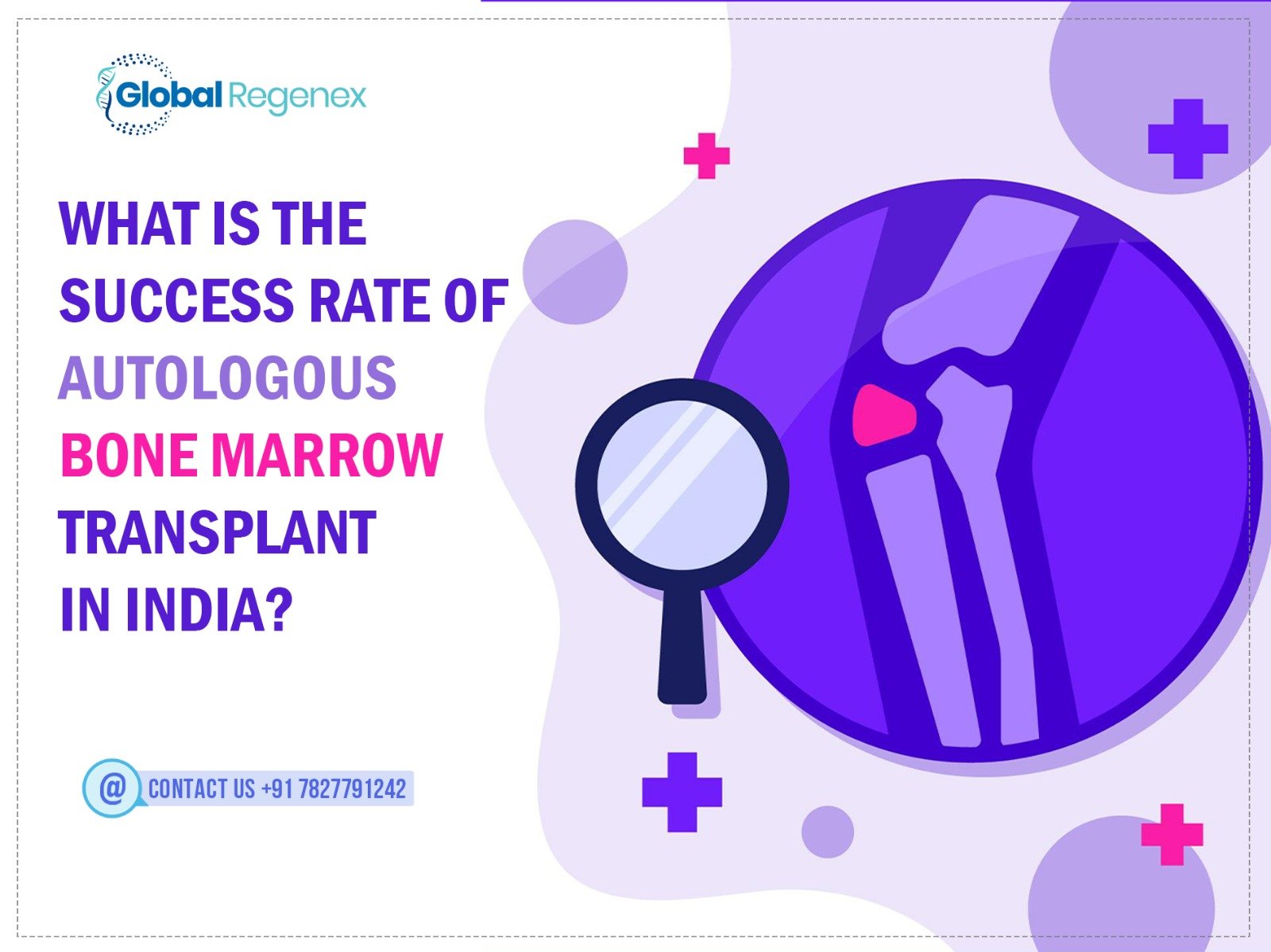One especially used kind of therapy for cancer and other ailments is bone marrow transplant. It also addresses abnormalities of blood cells, including red and white ones. The kind of bone marrow transplant determines its success rate generally; every type has distinct success rates.
Let’s go into great depth on the many forms of bone marrow transplants and related success rates.
What is a transplant of bone marrow?
The fundamental component of a bone is its marrow. Its sponginess generates blood cells. Healthy bone marrow takes place when the bone marrow replacement produces damaged blood cells. This therapy aims to restore normal physiological functioning, otherwise aberrant owing to damaged bone marrow cells.
Bone Marrow Transplant Success Ratios
There are three main salient features of the BMT success rates:
- Bone marrow transplants are more successful for individuals with disorders other than cancer than for those with current malignancy.
- Patients with some other illness than cancer have 75% to 90% success rates when close relatives are involved.
- Genetically similar but not near cousin has a success rate ranging from 40% to 68%.
- Should the malignancy be in the acute stage, bone marrow transplants have success rates ranging from 60% to 70% for a close relative and from 30% to 50% for unrelated donors.
- Bone marrow transplants have less success rates in the advanced stage of the illness or cancer in the chronic phases.
- Younger patients have more successful rates than older ones.
- Because of highly qualified surgeons and modern techniques used in the operation, bone marrow transplantation success rates in India are very high.
Success Rate Various Bone Marrow Transplant Types
- Every form of bone marrow transplant has different success rates; hence, before having a bone marrow transplant, you should be fully aware of all the many kinds and their success rates.
- An allogenic bone marrow transplant with an unrelated donor has success rates ranging from 36% to 65%.
- Considered high success rates, the success rates of autologous bone marrow transplants are between 50% to 80%.
- Elements influencing the success rates of bone marrow transplants
The overall health of a patient and the availability of a close family member to contribute stem cells determine the bone marrow transplant outcome, among other factors. The following describes some of the main determinants of the success rates of bone marrow transplants:
- Patient’s Age
- Reverses-host disease (GVHD) response
- A patient’s overall state of health prior to the illness
- Other medical disorders are present here.
- Bone marrow transplant type—autologous or allogeneic?
- Techniques of infection control
Life after Bone Marrow Transplant
Following a bone marrow transplant, the patient’s life differs from that of a typical patient for some period. The injected stem cells generate fresh blood cells two to three weeks after a bone marrow transplant. By now, you can be released with instructions for follow-up with your surgeon.
For at least three months, you will be visiting the clinic for follow-ups. This is essential to track any consequences, including infections, electrolyte abnormalities, dehydration, allogeneic transplants, and graft-versus-host disease. Your doctor may run many tests and physical examinations during these follow-ups. He could also help you control the difficulties by means of drugs and lifestyle changes.
Those who have lived beyond five years after a bone marrow transplant without illness recurrence have a great probability of lasting another 15 years. Though life expectancy does not revert to normal, bone marrow success rates are high.
Conclusion
Bone marrow transplants have extremely high success rates in India when surgeons apply cutting-edge technology with outstanding expertise and skill sets. Nonetheless, the type of transplant and the patient’s age and condition determine the BMT success rate in India, among other factors. Following a bone marrow transplant, life expectancy has risen recently. Months to even years might pass during recovery after a bone marrow transplant.

